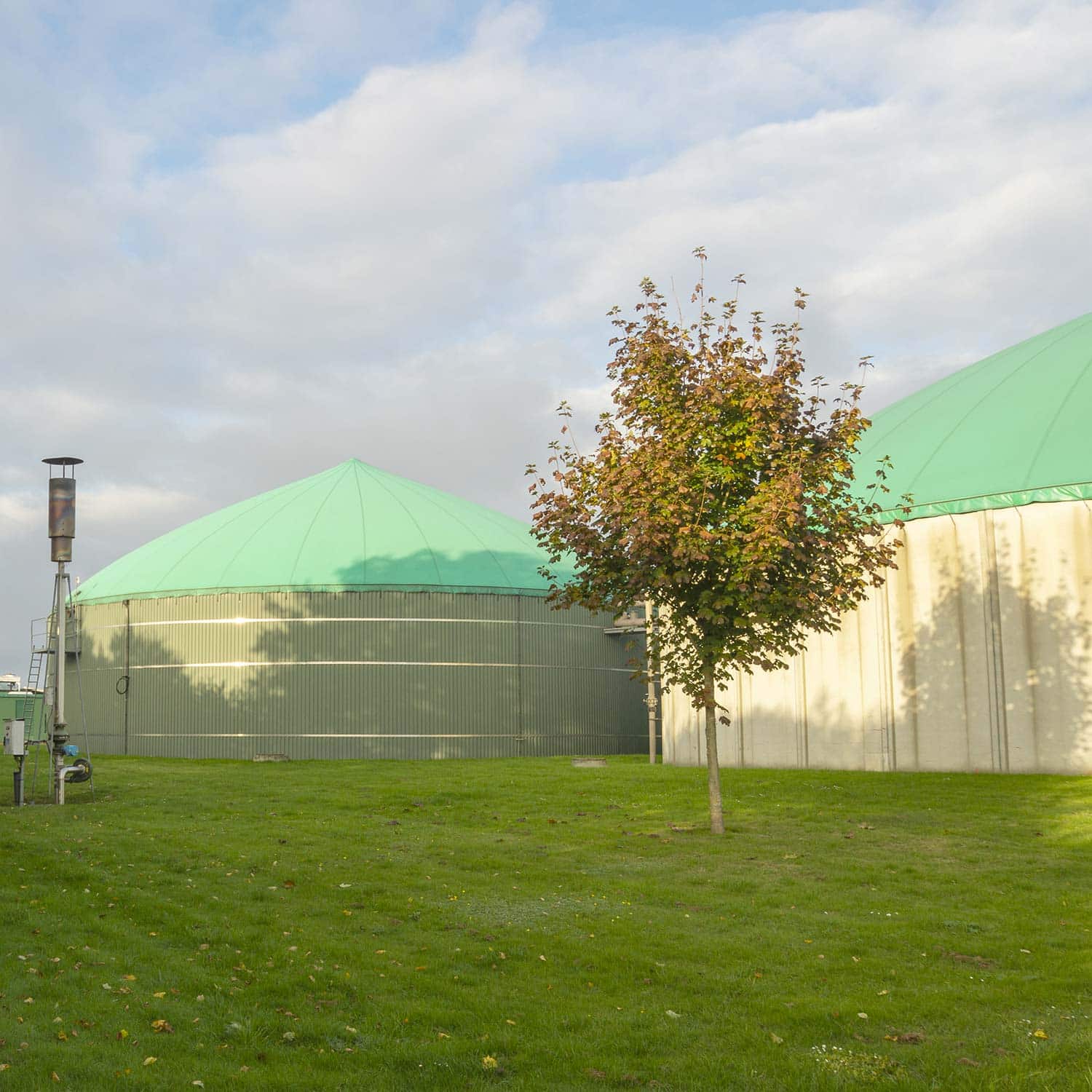
Methanization transforms organic waste into renewable energy. Yet H2S, a toxic and corrosive gas, threatens plant profitability and safety. Without H₂S treatment, corrosion accelerates and equipment rapidly wears out. Implementing high-performance H2S treatment is essential to produce quality biogas, protect your methanizers and ensure the sustainability of your methanization unit.
H₂S: a major threat in anaerobic
H₂S is a gas produced during methanization. It results from the degradation of organic matter containing sulfur. This gas is both toxic and highly corrosive. It forms sulfuric acid in contact with moisture. This acid attacks the metal surfaces of digesters and pipes. It also damages cogeneration motors.
Without H₂S treatment, corrosion progresses rapidly. It reduces plant life. It causes frequent and costly shutdowns. Operators have to replace parts or repair their equipment more often. These maintenance costs weigh heavily on the profitability of anaerobic digestion plants.
Why is H₂S treatment essential?
H₂S is not only corrosive. It is also hazardous to health. Even at low concentrations, it can cause irritation or nausea. At higher levels, it becomes toxic and represents a major risk to workers.
Effective H₂S treatment is essential to ensure a safe working environment. It also enables biogas to be produced in compliance with current standards.
Regulatory thresholds require very low levels of H₂S in biogas. Exceeding these limits prevents injection into the network or valorization in cogeneration.
Without treatment, H2S compromises plant profitability. It leads to shutdowns, additional costs and loss of revenue from energy sales.
What solutions are there for H₂S treatment?
There are several methods for treating H₂S in biogas. Each solution has advantages and disadvantages.
Biofilters: these use bacteria to transform the H₂S into sulfur or sulfate. These systems are efficient but require regular maintenance. Their installation and running costs can be high.
Chemical scrubbers: the biogas is passed through liquid solutions that capture the H₂S. This method is effective but generates polluting effluents. Treating them adds costs and environmental constraints.
Impregnated activated carbon: the H₂S is fixed to the carbon. This technique offers good results but remains costly. Saturated carbon must be replaced frequently, adding to operating costs.
These solutions are often complex or expensive. They are not always suitable for small farms or rural anaerobic digestion plants. Simple, cost-effective H2S treatment is therefore preferable to guarantee effective, long-lasting purification.
Iron hydroxide: the simple, effective solution
Iron hydroxide is an ideal solution for H₂S treatment. It reacts directly with the H₂S present in the biogas. This reaction forms stable, harmless compounds.
This H₂S treatment offers numerous advantages:
- Immediate action as soon as it is added to the digester.
- Simple to use, with no need for complex equipment.
- No polluting liquid waste to manage.
- Cost-effective solution suitable for all plant sizes.
Iron hydroxide can be integrated directly into the digester. It can also be used in a specific filter at the end of the production process. In both cases, it effectively reduces H₂S levels.
FERHYDROX is a benchmark for this H₂S treatment. Its purity and binding capacity guarantee standard-compliant biogas and long-lasting equipment protection.
The tangible benefits of H₂S treatment
Effective H₂S treatment brings immediate and lasting benefits to operators. It improves the performance of the anaerobic digestion plant and reduces maintenance costs.
Here are the main benefits:
- Significant reduction in corrosion on equipment.
- Extended service life for digesters and motors.
- Fewer unplanned production stoppages.
- Biogas compliant with recovery standards.
- Improved profitability thanks to lower maintenance costs.
By controlling the H₂S, you produce quality biogas. You guarantee the reliability of your plant. You secure your income over the long term.
Conclusion : How can iron hydroxide be used to prevent corrosion in anaerobic digestion plants?
H₂S treatment is essential for protecting your anaerobic digestion equipment. It preserves the lifespan of digesters, pipes and motors. It guarantees biogas that complies with current standards.
Iron hydroxide offers a simple, effective solution for this H₂S treatment. It eliminates H₂S directly at source. It reduces corrosion and ensures your plant’s long-term profitability.
Investing in a high-performance H₂S treatment, like FERHYDROX iron hydroxide, means securing your biogas production and guaranteeing the durability of your methanizer
CMMP Company
CMMP, a specialist in mineral materials since 1932, offers FERHYDROX, a high-quality iron hydroxide designed for methanization. This efficient product ensures optimal performance in capturing H2S, thereby contributing to sustainable and environmentally friendly industrial solutions.
Share this article
WHAT IS METHANIZATION?
IRON HYDROXIDE FOR METHANIZATION
This blog provides information on the valorization of organic waste, its transformation into renewable energy (biogas), and natural fertilizers. It highlights the crucial role of iron hydroxide in optimizing performance and purifying biogas.
